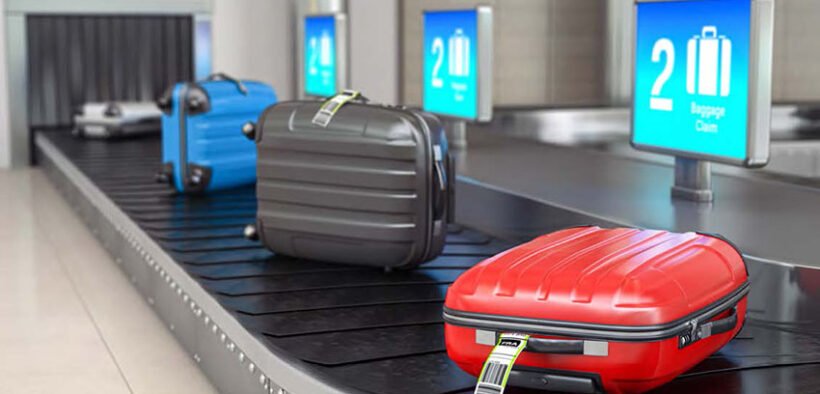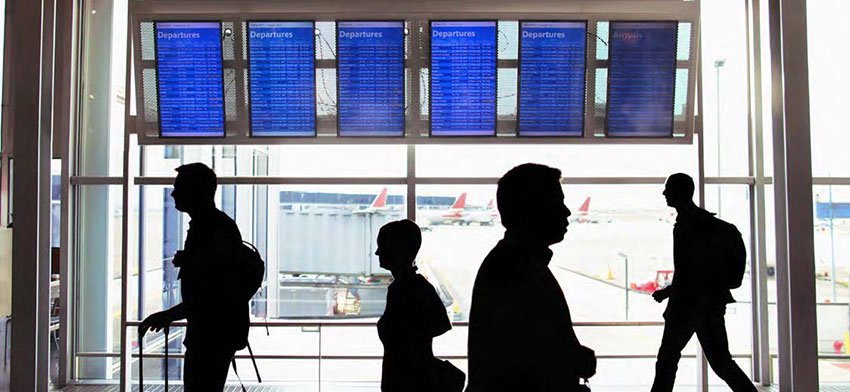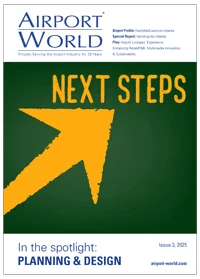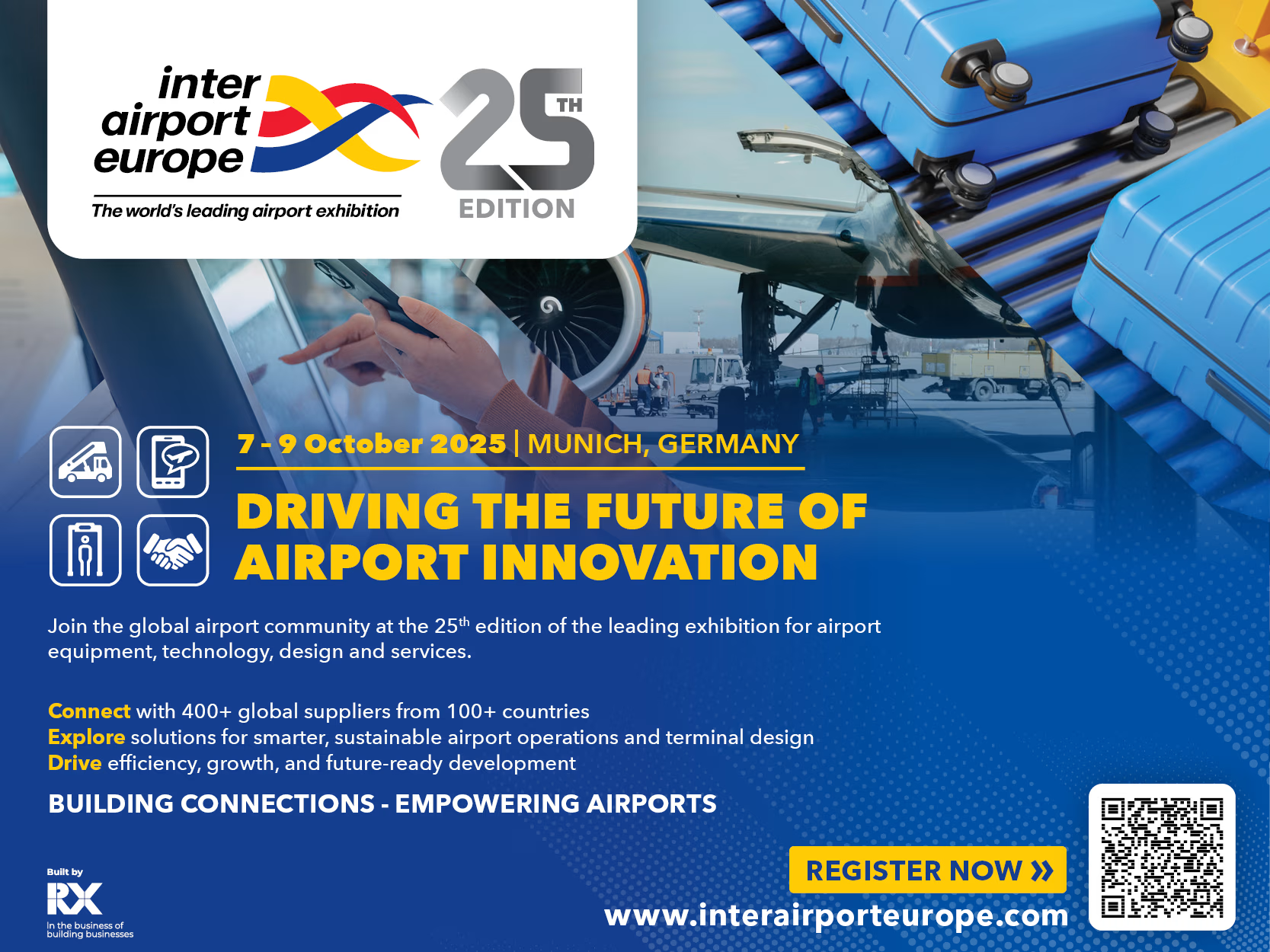Mind the automation gap
Share

Rising passenger numbers are creating new logistical challenges for baggage handling operations at airports. Solving these challenges requires a new approach to data, writes Schneider Electric’s Melaine Ortola.
The latest traffic figures from ACI World and IATA show that the air travel industry has very much recovered from, and is now exceeding, pre-pandemic levels.
This is excellent news for the sector, but it is introducing challenges for baggage handling operations. The situation is driving the need for a new approach to automation that can be applied to assets old and new.
Airports have always had to contend with meeting customer expectations, and carefully adopting new technologies to manage rising pressures, while applying strict security procedures. This has created gaps in automation, with baggage-handling systems and applications varying widely across the sector.
Even though there are multiple examples of cutting-edge smart baggage technology, there are still challenges in overcoming legacy systems to create a digital thread that runs through IT and OT.
Universal automation
Applying the concept of a shared automation layer based on the IEC 61499 standard, can make logistical sense for baggage handling.
Universal Automation is an example of open software-defined automation. The initiative represents a community of automation users, technology vendors and academics and organised by an independent non-profit association.
Its goal is to solve the integration challenge by removing the barriers between proprietary systems.
What open software-defined automation means in practice is integrating conveyors, scanners, robotics, and smart assets into one cohesive system, with operators able to access real-time data from across their full suite of new and legacy systems.
Some airports also face the additional challenge of operating 24/7, meaning any technology deployment must limit disruption for passengers. Again, this highlights the need for the seamless integration offered by universal automation.
Customer expectations
Baggage mishandling represents a significant risk for airports in terms of costs, staff time, and customer satisfaction. It creates additional logistics challenge such as handling and storing misplaced luggage which then must re-enter the system to reach its destination.
The industry has shown great strides in this area, with the number of bags mishandled falling from 6.9 to 6.3 per 1,000 passengers in 2024.
This has improved year-on-year but was still higher than the 5.6 bags per 1,000 reported in pre-pandemic 2019.
Customers must trust airports with their baggage and to support that goal, airports are using digitalisation with RFID tracking, automated baggage handling systems, autonomous baggage vehicles, and AI.
These technologies all share a crucial requirement: a constant stream of data from all assets.

For example, an AI-driven monitoring system needs to communicate with autonomous baggage vehicles, while monitoring legacy conveyors to ensure no bags are delayed.
Open software-defined automation is a technology-enabler that advanced baggage capabilities can be built on. As software components are independent from the hardware, airports are free to deploy best-in-class solutions based on current and future needs.
Airports will then be able to integrate new technology seamlessly, minimising disruption to passengers and airlines. By removing the integration challenge, new technology can be trialled in single terminals before being rolled out to the entire airport without compromising any of the systems currently in place.
Automation gaps
Closing the automation gaps in baggage handling will reduce the cost of modernisation, while creating a digital foundation for future proofing.
Older systems often rely on manual inputs or siloed software that won’t communicate with modern equipment. For example, a baggage scanner that cannot communicate with a conveyor or autonomous vehicle downstream will cause delays that require human intervention.
Not only does this add operational costs but it increases the risk of lost luggage, which leads to unhappy customers and compensation fines.
Universal automation means that rip and replacing older systems is not the only option. Airports can upgrade incrementally to meet growing demand while retaining existing infrastructure.
Looking at the example of the baggage scanner again, the single digital thread in Universal Automation will instantly share information with sorters, conveyors, and autonomous vehicles, even if the assets have been in operation for a long time.
On the customer side this means if a bag is lost, the system can track its exact journey. On the operator side, a single digital thread offers value beyond just the single asset.
Having the data in place means that maintenance professionals can adopt predictive maintenance and avoid downtime. By opening the flow of data, airports can create a single automation layer covering new and legacy assets and gain access to advanced capabilities that are normally associated with new equipment.
Operators can also close automation gaps in a cost-effective and low risk way, shining light on blind spots that could lead to delays or lost luggage. This builds a digital foundation for so that any new equipment added to the system in future will offer the same level of insight.
Sustainability and security
Airports are under pressure to reduce their carbon emissions, but they’re struggling to do so while adhering to strict security protocols. Open software-defined automation has the power to contribute to sustainability improvements without compromising passengers’ safety.
Small improvements across assets like conveyors or opting for electric-powered autonomous vehicles will reduce an airport’s carbon footprint. No matter how small sustainability improvements may seem, they will add up quickly in the hard-to-decarbonise industry.
It is also worth noting that no matter how tech-advanced an airport is, it can benefit from universal automation. Baggage handling represents a large piece of the logistics puzzle, and with growing passenger numbers, building a digital foundation is now crucial.
Operators need real-time insights across their entire estate, whether they’re using autonomous options with the latest AI, or they’re simply seeking improvements with their legacy assets.
An open automation platform like Schneider Electric’s EcoStruxure Automation Expert is ideal to underpin and future-proof operations.







